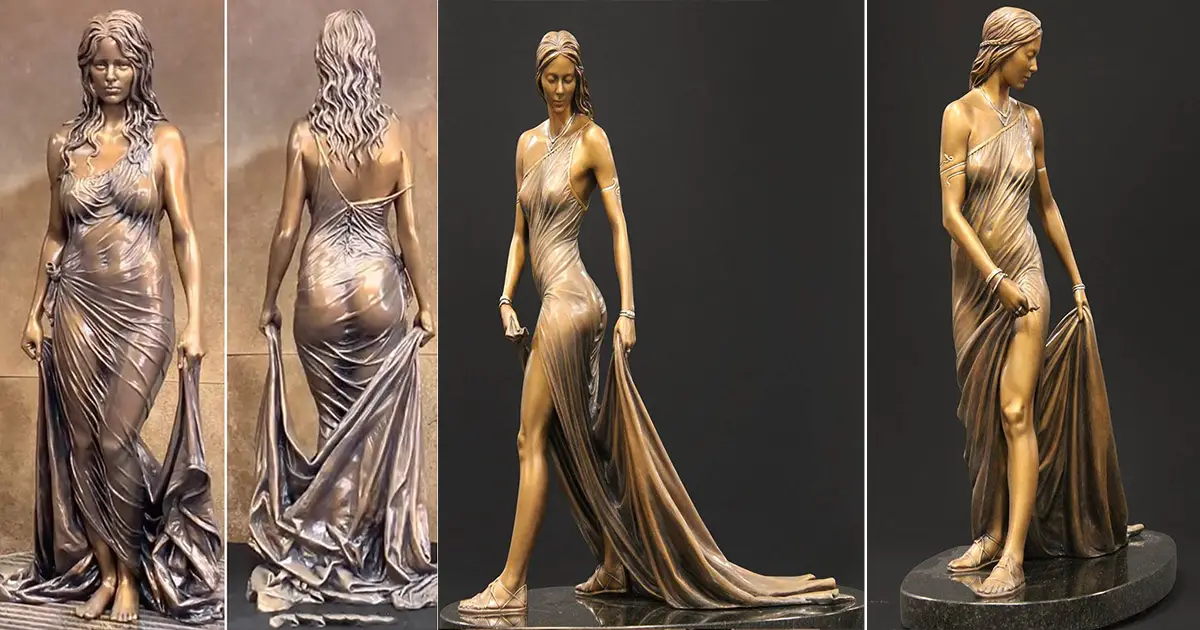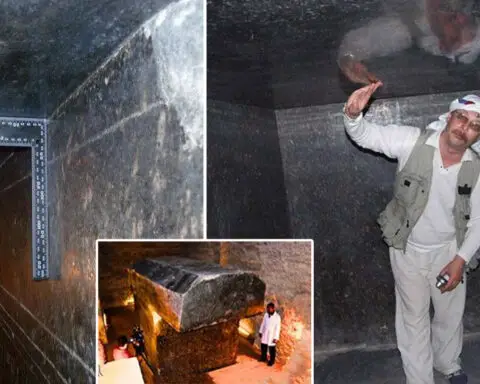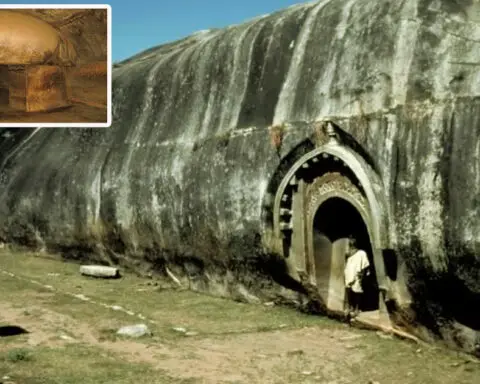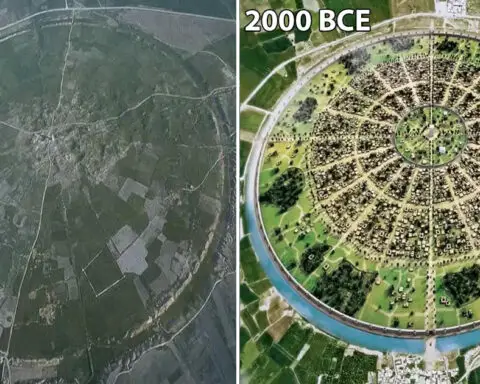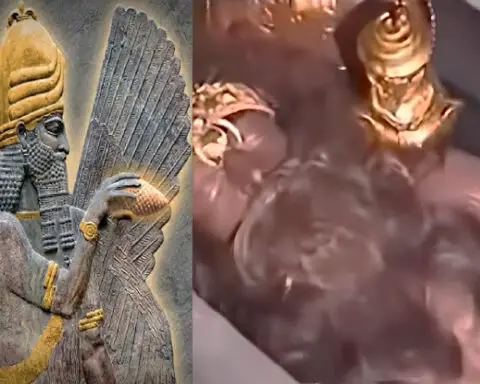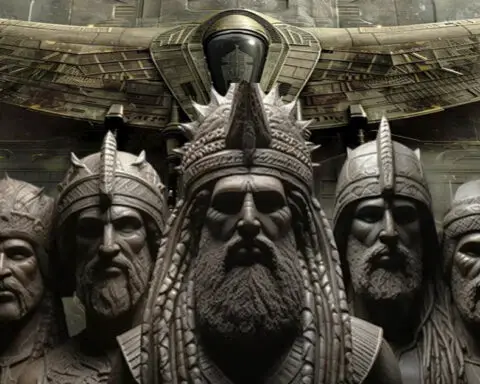Benjamin Matthew Victor is an esteemed American sculptor known for his exceptional skill and unique contributions to the art of bronze sculpture. Based in Boise, Idaho, Victor has achieved a remarkable distinction that sets him apart in the world of contemporary art. He is the only living artist to have three of his sculptures featured in the prestigious National Statuary Hall at the United States Capitol. His contributions are soon to be complemented by a fourth piece, which will depict Daisy Bates, further cementing his legacy.
Born in 1979 in South Dakota, Victor demonstrated an affinity for art from a young age. His journey into the world of sculpture began in his early twenties, and it wasn’t long before his talents were recognized on a national scale. Victor’s approach to sculpture combines classical techniques with a dynamic understanding of human emotion and movement, bringing his bronze figures to life with palpable energy and intensity.
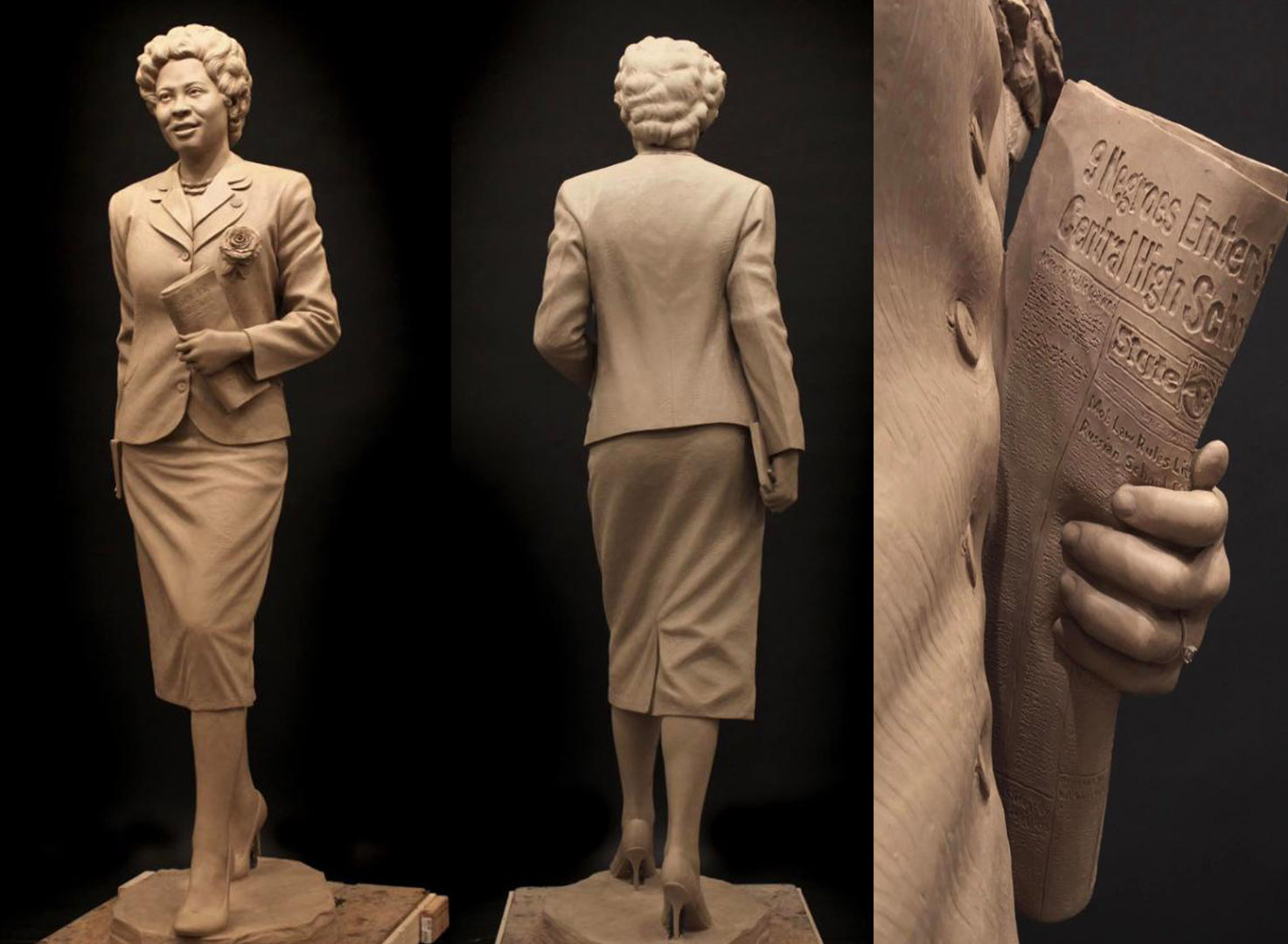
Among his acclaimed works is the “Lady of Shalott,” a sculpture that exemplifies Victor’s mastery over bronze and his ability to convey deep, narrative-driven themes. This piece, inspired by the poem “The Lady of Shalott” by Alfred, Lord Tennyson, explores profound themes such as isolation, the conflict between societal expectations and personal desires, and the tragic consequences of suppressing one’s identity. The sculpture captures the essence of the poem’s protagonist, who is doomed to view the world only through reflections, and whose attempt to break free from constraints leads to her untimely demise.
The “Lady of Shalott” is a testament to Victor’s capacity to blend poetic inspiration with artistic expression. The sculpture’s intricate detailing and flowing lines mimic the ethereal quality of the Lady’s tragic narrative, while the reflective surface of the bronze adds a layer of depth and introspection, encouraging viewers to ponder the implications of the Lady’s fate.
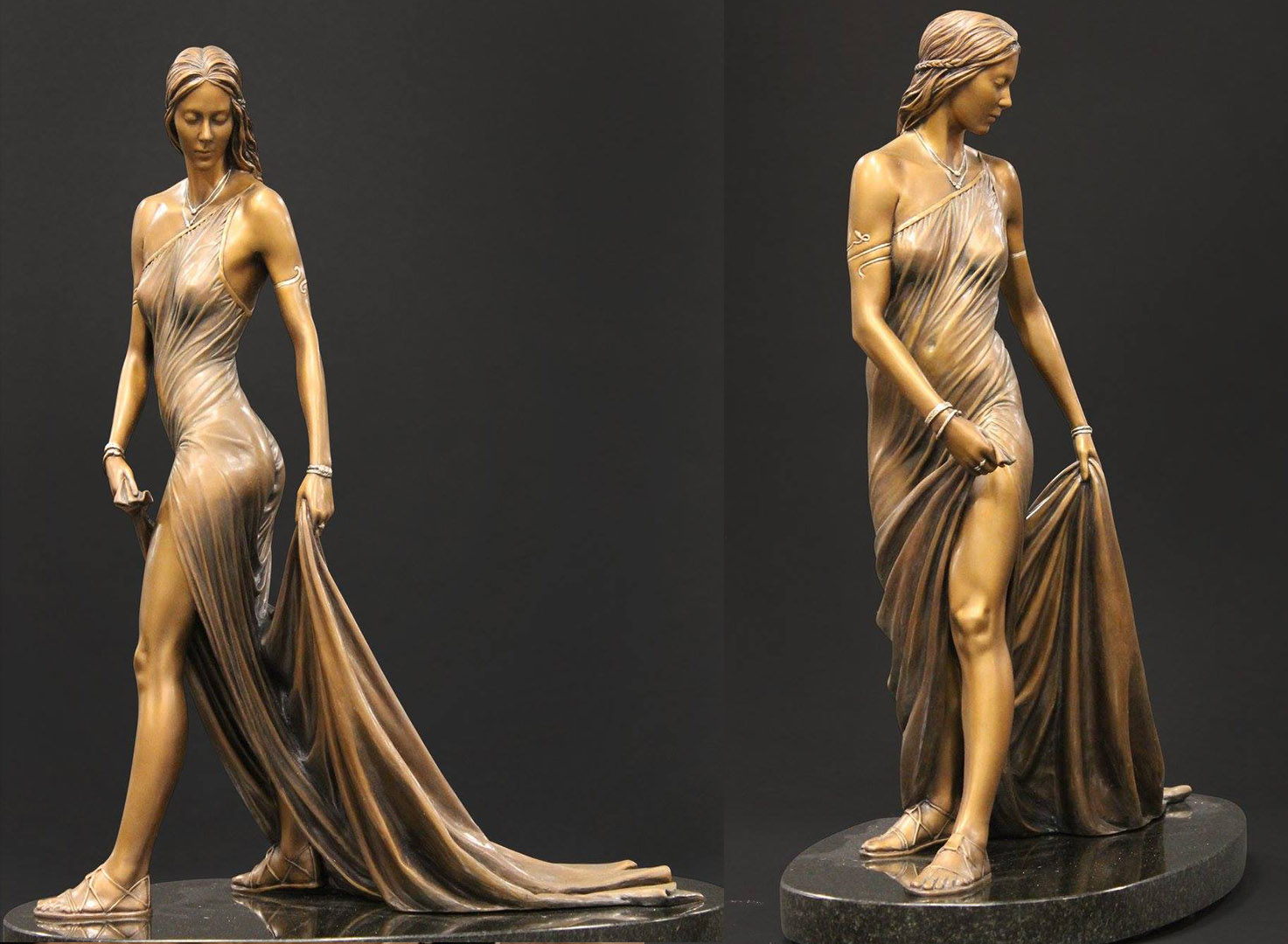
Victor’s work in the National Statuary Hall includes notable figures such as Sarah Winnemucca, a prominent Native American activist and educator; Norman Borlaug, the agronomist known as the father of the Green Revolution; and Chief Standing Bear, a pivotal leader of the Ponca tribe. Each piece is crafted with a deep respect for the subjects’ legacies, reflecting Victor’s commitment to honoring their contributions through his art.
His upcoming sculpture of Daisy Bates, an American civil rights activist and publisher who played a significant role in the Little Rock Integration Crisis of 1957, is eagerly anticipated. Victor’s depiction is expected to capture Bates’ strength and dedication, serving as a fitting tribute to her life and work.
Benjamin Matthew Victor’s sculpture of Bathsheba is a compelling work that demonstrates his proficiency in capturing the complexity of human emotions and form. In this bronze sculpture, Victor portrays Bathsheba, a figure from biblical narratives, with a deep sense of introspection and vulnerability. The figure is depicted at the moment of her private bathing, unaware of King David’s watchful eyes, which is a pivotal moment that led to significant turmoil and tragedy in biblical stories.

Victor’s Bathsheba is not just a depiction of physical beauty but a profound exploration of privacy, innocence, and the unfolding of unintended consequences. Her posture and the subtle details of her expression convey a sense of somber contemplation, highlighting Victor’s ability to infuse his sculptures with narrative depth and emotional resonance. This piece, like many of Victor’s works, invites viewers to ponder the broader implications of the story and the sculptural form itself.
Victor’s influence extends beyond these monumental works. He is a passionate educator who spends part of his time teaching and mentoring emerging artists. His commitment to the craft is evident in his involvement in various educational programs and workshops, where he shares his knowledge and skills with the next generation of sculptors.
Benjamin Matthew Victor continues to inspire and captivate with his art, proving that sculpture is a powerful medium for storytelling and historical reflection. His dedication to his craft and his ability to immortalize cultural heroes in bronze not only enriches our public spaces but also our collective memory. As he sculpts his fourth piece for the National Statuary Hall, art enthusiasts and historians alike eagerly await another masterpiece from this gifted artist’s hands.
VIDEO:

